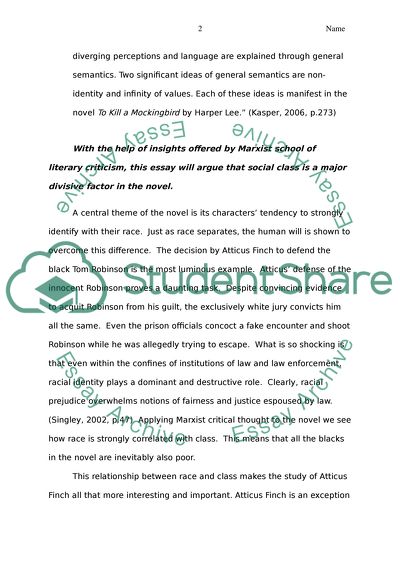Cite this document
(“Consider how one(or many)of the characters in Harper Lee's To Kill a Essay”, n.d.)
Retrieved de https://studentshare.org/english/1477252-consider-how-oneor-manyof-the-characters-in-harper
Retrieved de https://studentshare.org/english/1477252-consider-how-oneor-manyof-the-characters-in-harper
(Consider How one(or many)of the Characters in Harper Lee'S To Kill a Essay)
https://studentshare.org/english/1477252-consider-how-oneor-manyof-the-characters-in-harper.
https://studentshare.org/english/1477252-consider-how-oneor-manyof-the-characters-in-harper.
“Consider How one(or many)of the Characters in Harper Lee'S To Kill a Essay”, n.d. https://studentshare.org/english/1477252-consider-how-oneor-manyof-the-characters-in-harper.


